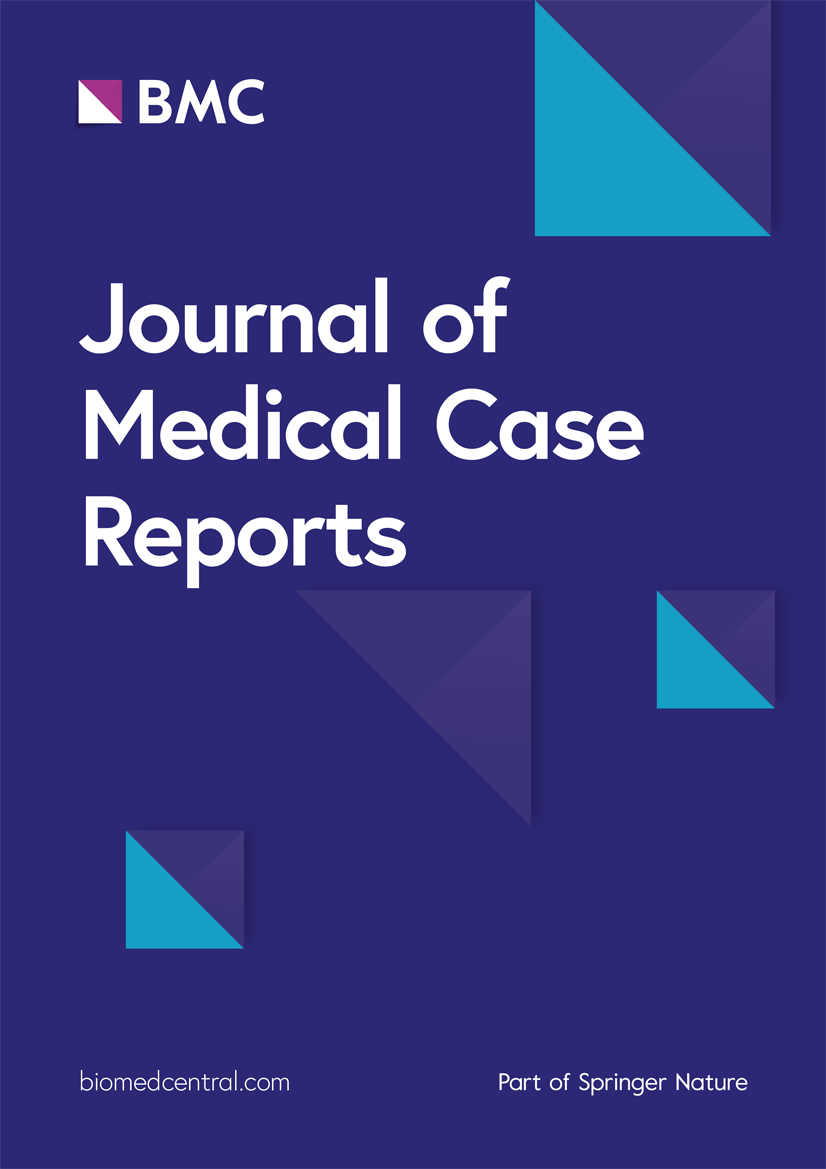Brevundimonas vesicularis is a non-lactose fermenter, Gram-negative bacillus, and is usually isolated from clinical and environmental samples. It is an opportunistic pathogen that affects children and adults. Most cases may be due to underlying…
Blog
-

New moon likely to be sighted on October 21 :SUPARCO
– Advertisement –
ISLAMABAD, Oct 21 (APP):The Space and Upper Atmosphere Research Commission (SUPARCO) has announced that the new moon of Jamadi ul awwal, 1447 AH, is expected to be born on October 21 at 17:25 PST.
At the time of sunset on…
Continue Reading
-
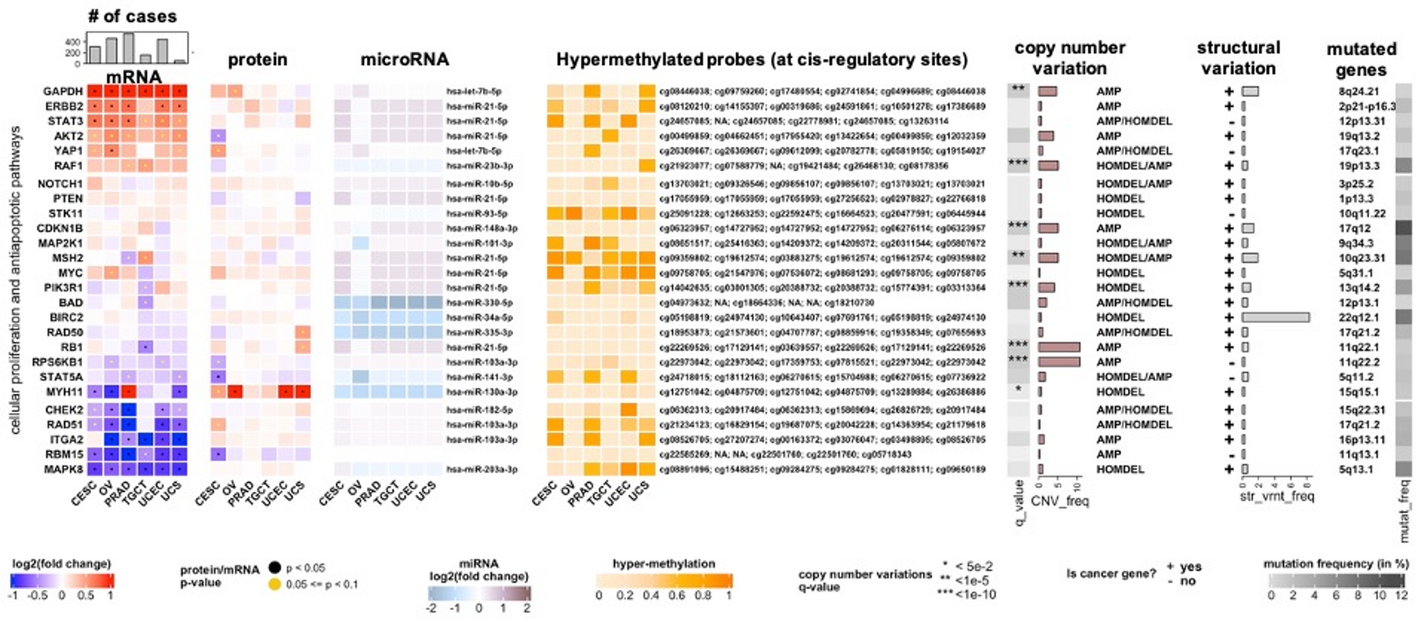
MultiModalGraphics: an R package for graphical integration of multi-omics datasets | BMC Bioinformatics
MultiModalGraphics is an R/Bioconductor package that leverages object-oriented S4 classes to visualize multimodal biological data with embedded statistical annotations. Originally developed for collaborative multi-omics studies [23,24,25], the…
Continue Reading
-

Sean ‘Diddy’ Combs files to appeal his conviction and sentence | Ents & Arts News
Sean ‘Diddy’ Combs is appealing the conviction handed down to him earlier this year over prostitution charges relating to his former girlfriends and male sex workers.
The music mogul was given a 50-month sentence and a $500,000 fine…
Continue Reading
-
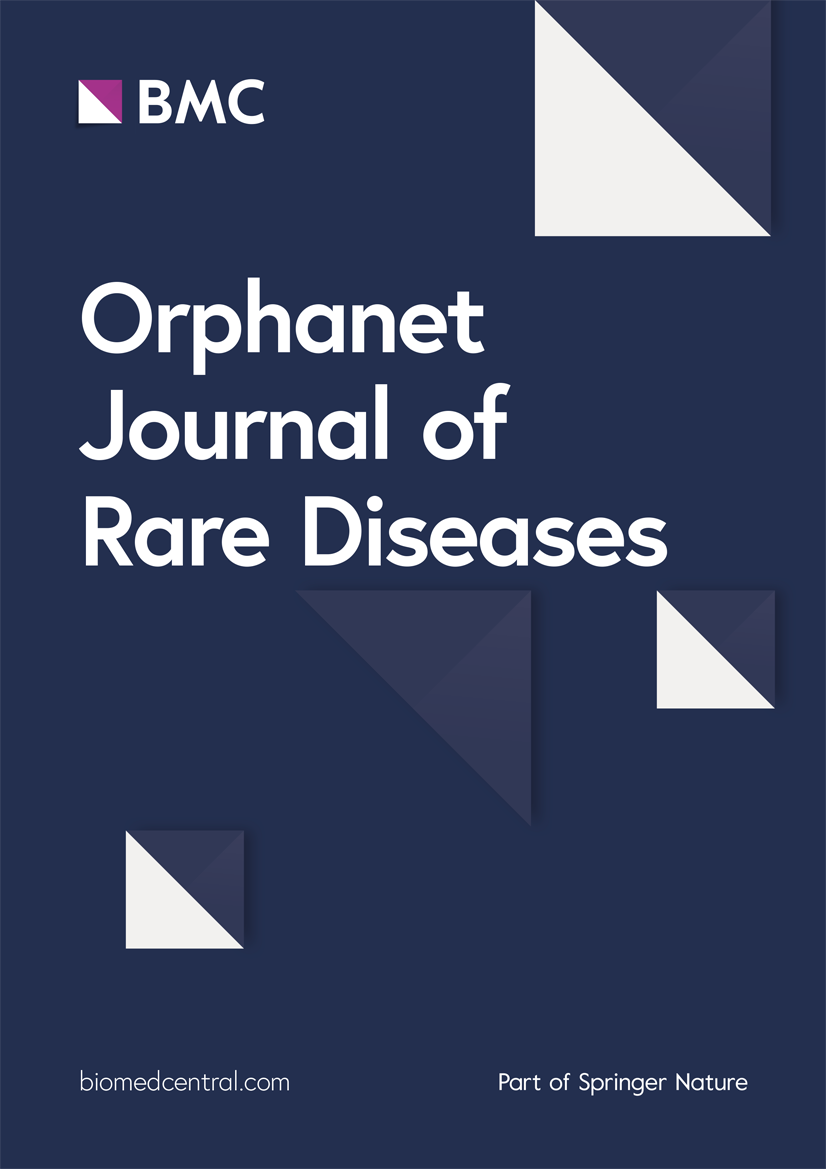
Differences in swallowing efficacy of disease modifying treatment between infants receiving pre-symptomatic and symptomatic administration | Orphanet Journal of Rare Diseases
Sample demographics and characteristics
Sixty-nine infants (49% female) meeting eligibility criteria were identified and included in the investigation. The majority received treatment after symptom onset (N = 52, 75%) and had two copies of SMN2 (pre-symptomatic N = 17, 100%; symptomatic N = 48, 92%) with others having three copies. All infants were treated with available disease modifying therapies (Risdiplam [Evrysdi®], Nusinersen [Spinraza®],Onasemnogene-abeparvovec [Zolgensma®]), with nearly half having received a combination of treatments (pre-symptomatic N = 10, 59%; symptomatic N = 28, 54%). Interestingly, ten (19%) of the infants who received treatment after symptom onset were identified as having SMA following SMA screening without symptoms triggering a referral and diagnosis. Upon initial neurology evaluation eight of those infants (80%) already exhibited clear symptoms of SMA (ex. Loss of reflexes) which were identified at an average age of 16 days. The other two did not exhibit symptoms at the time of their initial neurology consultation, though developed symptoms before their treatment was administered an average of 7 days later.
Infants treated pre-symptomatically received treatment at a younger age (median = 0.50, IQR 0.44 months), than those treated after symptom onset (2.81, IQR 3.56 months, t = 17.67, p < 0.001, δ = 0.89). Nine infants (13%) were born prematurely, with all but one being born in the late preterm period (median 36 weeks). Other comorbidities included laryngo or tracheomalacia (N = 3, 4%), biliary atresia (N = 1, 1%), craniosynostosis (N = 1, 1%), extralobar sequestration (N = 1, 1%), paraesophageal hernia (N = 1, 1%), and milk protein allergy (N = 1, 1%).
Median age of infants at the time of their last VFSS was 7.92 months (IQR 4.83), with infants who received pre-symptomatic treatment younger at the time of their last exam (6.8 IQR 5.77 months) than those who received treatment after symptoms (8.35, IQR 4.71; t = 2.96, p = 0.04, δ = 0.33). Although the majority (80%, N = 55) of infants underwent swallow studies due to clinical symptoms, 20% (N = 14) underwent the exam without symptoms as part of a routine, high-risk workup. Significantly more infants who received pre-symptomatic treatment underwent a routine, high-risk VFSS (59%, N = 10) than did those who received symptomatic treatment (8%, N = 4, p < 0.001, OR 0.06). Nearly all infants (86%, N = 59) were evaluated while consuming thin liquids, with other consistencies observed including mildly thick (43%, N = 30), moderately thick (22%, N = 15).
At the time of last VFSS, 50% (N = 26) of symptomatic treated infants were receiving noninvasive ventilation or mechanical ventilation via tracheostomy (22/26, 85% strictly nocturnal), while only one of those treated pre-symptomatic required these supports (strictly nocturnal) (χ2 = 9.43, p = 0.002, OR 17.28). CHOP INTEND scores were available for 66% of infants, with a median score of 46 [16] out of 64. Table 1 provides a full listing of infant demographics and clinical characteristics.
Table 1 Sample demographics and characteristics (N = 69) Swallow biomechanics
Raters achieved scores corresponding to a Landis-Koch category of moderate or greater (kappa > 0.55) agreement in their reliability of analyzing all BabyVFSSImP© and ICCs of ≥ 0.72 for the Swallowtail components. While profound impairments in BabyVFSSImP© swallowing biomechanics were rare among infants who received pre-symptomatic treatment, they were common among infants treated after symptom onset. This was reflected in significantly worse (higher) scores in four BabyVFSSImP© domains (ts > 3.25, ps ≤ 0.01, δ > 0.42): Palatal-Pharyngeal Approximation, Airway Invasion/Laryngeal Closure, Aspiration, and Pharyngeal Transport and Clearance (Table 2). Specifications of the oropharyngeal swallowing biomechanics underlying these differences across treatment groups are outlined below, with a full listing of BabyVFSSImP© component scores provided in supplemental Table 2.
Table 2 Swallowing Biomechanics by Treatment Group (N = 69) Bolus Extraction: Though the majority (76%, N = 13) of infants who received pre-symptomatic treatment promptly initiated sucking when presented with the nipple, all but one had to suck > 3 times to express sufficient bolus to swallow. Prompt initiation of sucking tended to be less common in infants treated after symptom onset (40%, N = 21), with 55% (N = 28) of these infants not initiating sucking at all (χ2(1) = 3.59, p = 0.06, OR 0.28).
Bolus Clearance: Infants who received pre-symptomatic treatment rarely exhibited profound impairments in the ability to clear the ingested liquid from their pharynx, with no infants exhibiting profound impairments in pharyngeal constriction ratio (PCR > 0.2cm2), tongue base retraction, or pharyngeal residue, and only one infant exhibiting profound reductions in soft palate elevation (6%, N = 1) and pharyngoesophageal segment opening (6%, N = 1). Clinical specifications of those pre-symptomatic infants with profound impairments are outlined in Table 3. This was in contrast to infants treated after symptom onset, for whom a significantly higher proportion of infants (23–43%) exhibited profound impairments in these processes (BabyVFSSImP©, χ2(1) > 4.45, p ≤ 0.03, OR > 9.21; SwallowTail pharyngeal constriction ratio, fisher’s exact p = 0.03, OR = 0). These deficits in the propulsion of the bolus through the pharynx among infants treated after symptom onset were reflected in elevated Swallowtail pharyngeal constriction ratio values (symptomatic m = 0.15, sd = 0.16; pre-symptomatic m = 0.03, sd = 0.02; t (53.80) = 5.10, p < 0.001, d = 0.88). No differences were observed between groups in pharyngoesophageal segment opening duration (symptomatic m = 0.24, sd = 0.09; pre-symptomatic m = 0.22, sd = 0.06); t(40.04) = 0.84, p = 0.41, d = 0.20).
Table 3 Clinical Characteristics of Pre-Sympomatic Infants with Profound Swallowing Impairments Airway Protection: Penetration occurred in almost all infants in both pre-symptomatic (95%, N = 16) and symptomatic (90%, N = 47) treatment groups (p = 1). Although aspiration occurred less frequently, it was still commonly observed; occurring more frequently in infants treated after symptom onset (71%, N = 36) than pre-symptomatic (35%. N = 6, χ2(1) = 5.31, p = 0.02, OR 4.4). Interestingly, among those infants who aspirated, 17% (N = 7) were not reported to be exhibiting feeding difficulties, with VFSS’ done as part of high-risk referral (pre-symptomatic 67%, N = 4; symptomatic 8%, N = 3).
Swallow function
Although all pre-symptomatic treated infants were managing secretions without suctioning, and nearly all were consuming full age-appropriate nutrition (N = 15, 88%), similar to biomechanics, some pre-symptomatic treated infants did exhibit profound functional impairments. Clinical deficits among those pre-symptomatic treated infants who required alternative nutrition appeared 11 days following treatment, with the reason for tube provision ranging from swallowing deficits impeding safe oral nutrition to impairments in consuming sufficient oral nutrition to meet caloric requirements. Table 3 provides further specifications pertaining to the clinical conditions of those pre-symptomatic infants who exhibited profound impairments. Significantly more infants treated after symptom onset required suctioning for secretion management (38% vs 0%; fisher’s p = 0.002, OR 0) and were not consuming age-appropriate oral nutrition (50% vs. 12%; χ2 (1) = 17.33, p < 0.001, OR 20.35) than those treated pre-symptomatic. Table 4 provides a full listing of CEDAS scores.
Table 4 Children’s Eating and Drinking Activity Scale (CEDAS) Swallow biomechanics were associated with swallowing function, with the odds of an infant requiring suctioning for secretion management increasing significantly with increases in BabyVFSSImP© domain V: pharyngeal transport and bolus clearance scores (β = 0.30, z = 2.76, p = 0.006) and Swallowtail pharyngeal constriction ratio (β = 3.76, z = 1.83, p = 0.047). Among those domain V components, pharyngeal stripping wave was particularly predictive of suctioning needs (fisher’s exact p = 0.001, OR = 9.78). In contrast, the odds of an infant not achieving age-appropriate nutrition or hydration was significantly predicted by increases in domain I: lingual motion/swallow initiation (β = 0.26, z = 2.49, p = 0.013).
Continue Reading
-
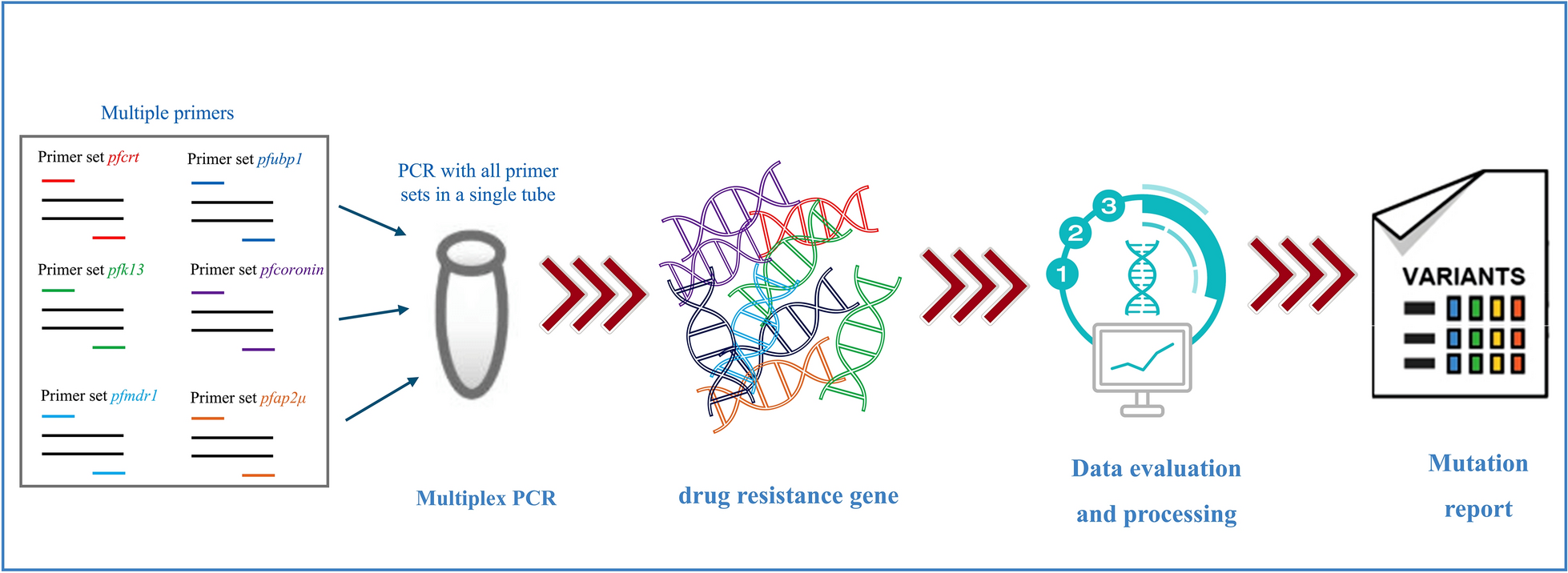
Multiplex long-amplicon sequencing for comprehensive molecular surveillance of Plasmodium falciparum resistance to artemisinin and partner drugs in artemisinin-based combination therapies (ACTs) | Parasites & Vectors
World Health O. World malaria report 2024: addressing inequity in the global malaria response. Geneva: World Health Organization; 2024.
Nosten F, White NJ. Artemisinin-based combination…
Continue Reading
-

Joke’s on you, fleshbag! Channel 4’s first AI presenter is dizzyingly grim on so many levels | Television
Last night’s Dispatches was called Will AI Take My Job? Usually when something like this employs a question mark in the title, it’s because the answer is no. Not this time, though, because the sheer overwhelming inevitability of AI taking our…
Continue Reading
-
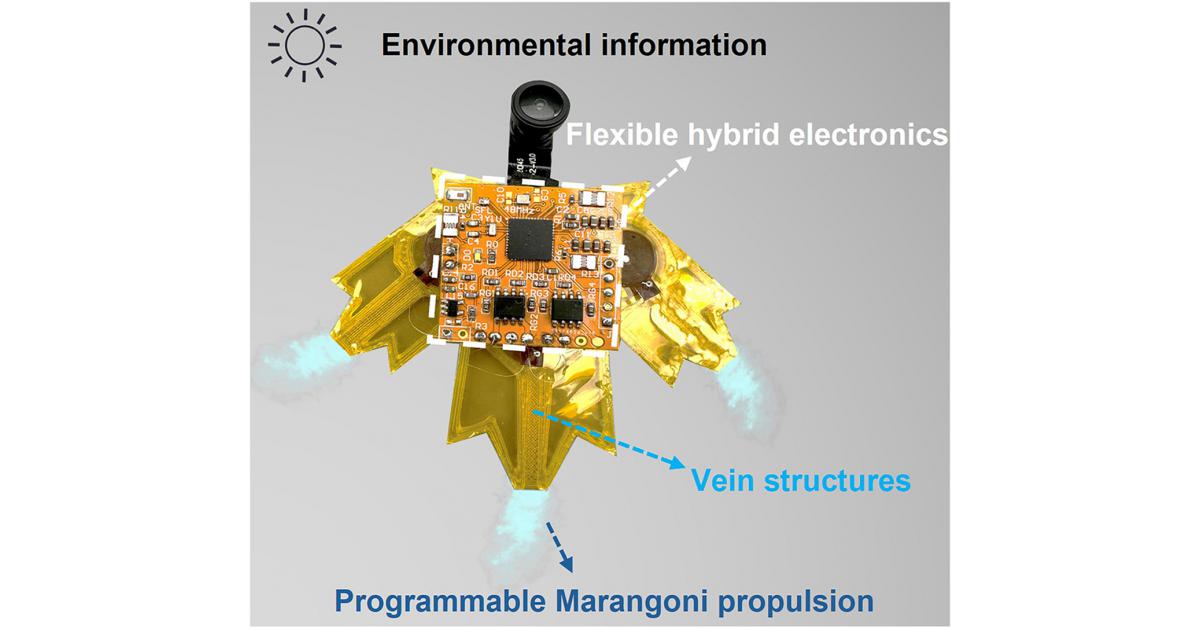
Smart aquabots bring camouflage and environmental sensing to life
Leaf-inspired aquabot with programmable propulsion and sensing.
GA, UNITED STATES, October 21, 2025 /EINPresswire.com/ — Small-scale robots designed to operate on water surfaces face challenges in mobility, adaptability, and…
Continue Reading
-
Just a moment…
Just a moment… This request seems a bit unusual, so we need to confirm that you’re human. Please press and hold the button until it turns completely green. Thank you for your cooperation!
Continue Reading
-
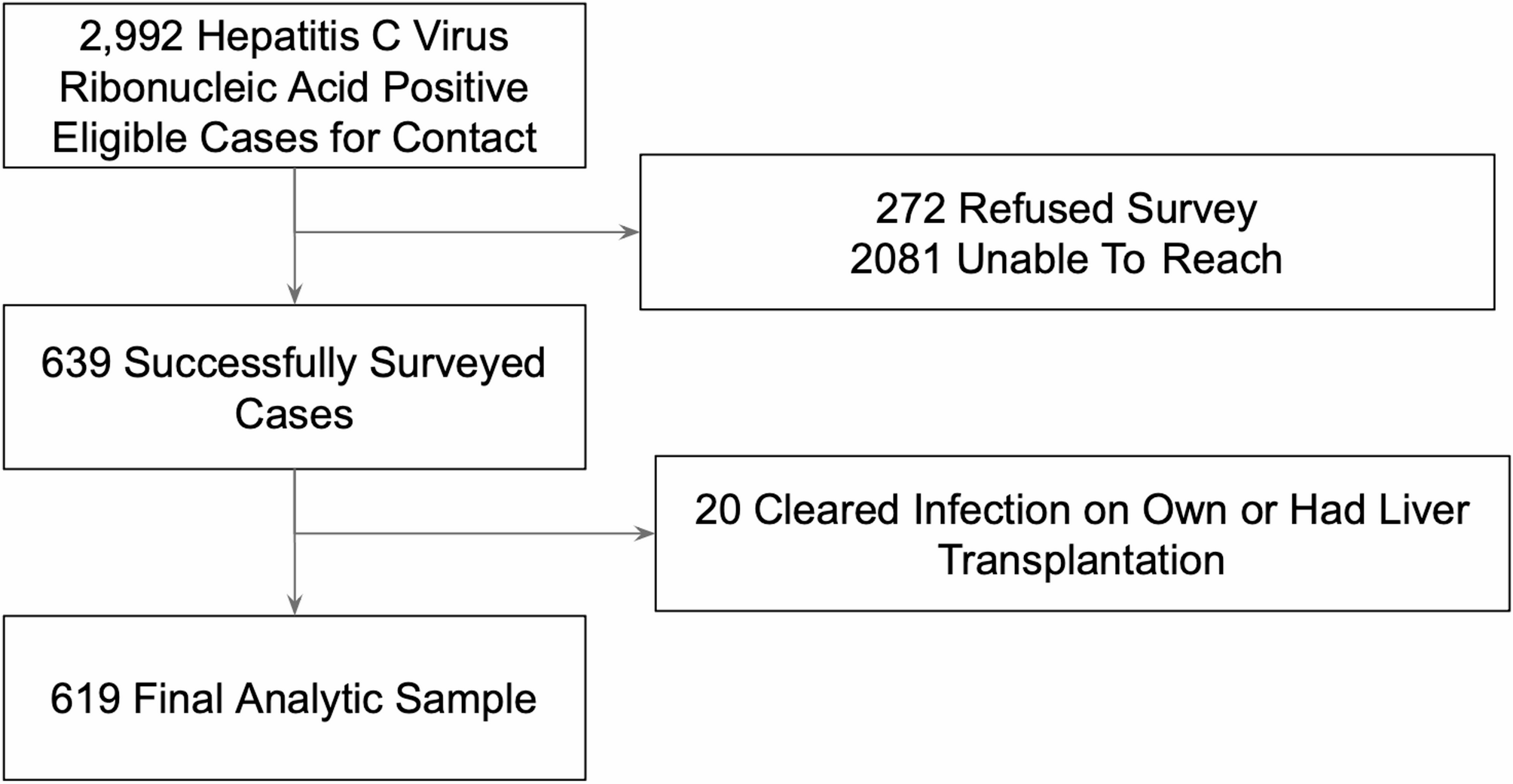
Determinants of hepatitis C virus treatment completion among Los Angeles County residents | BMC Infectious Diseases
We conducted a secondary data analysis of data collected in an ongoing linkage-to-cure project, Project Hepatitis C Virus Connect, a public-academic partnership between the Los Angeles County Department of Public Health and University of Southern…
Continue Reading
